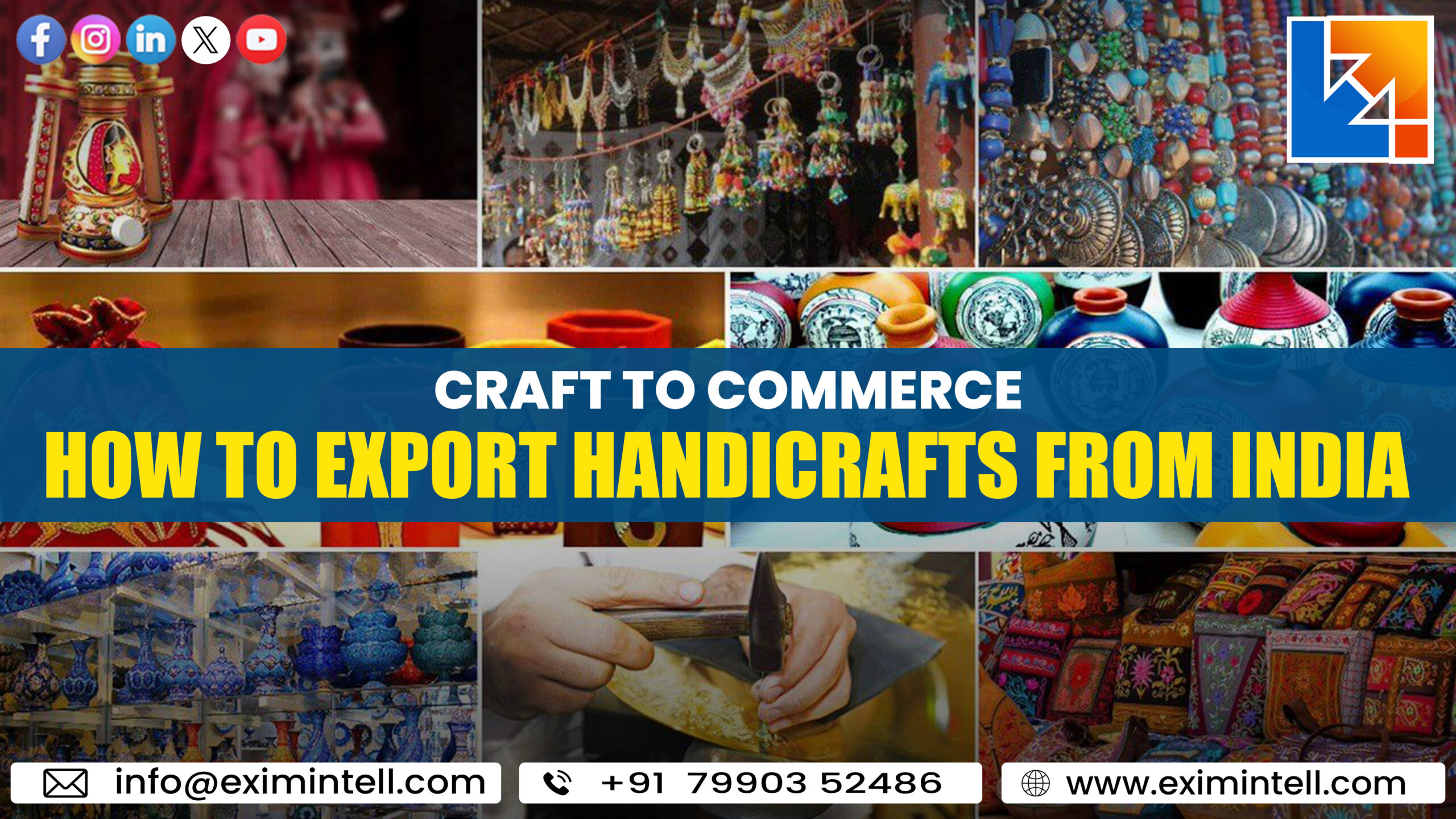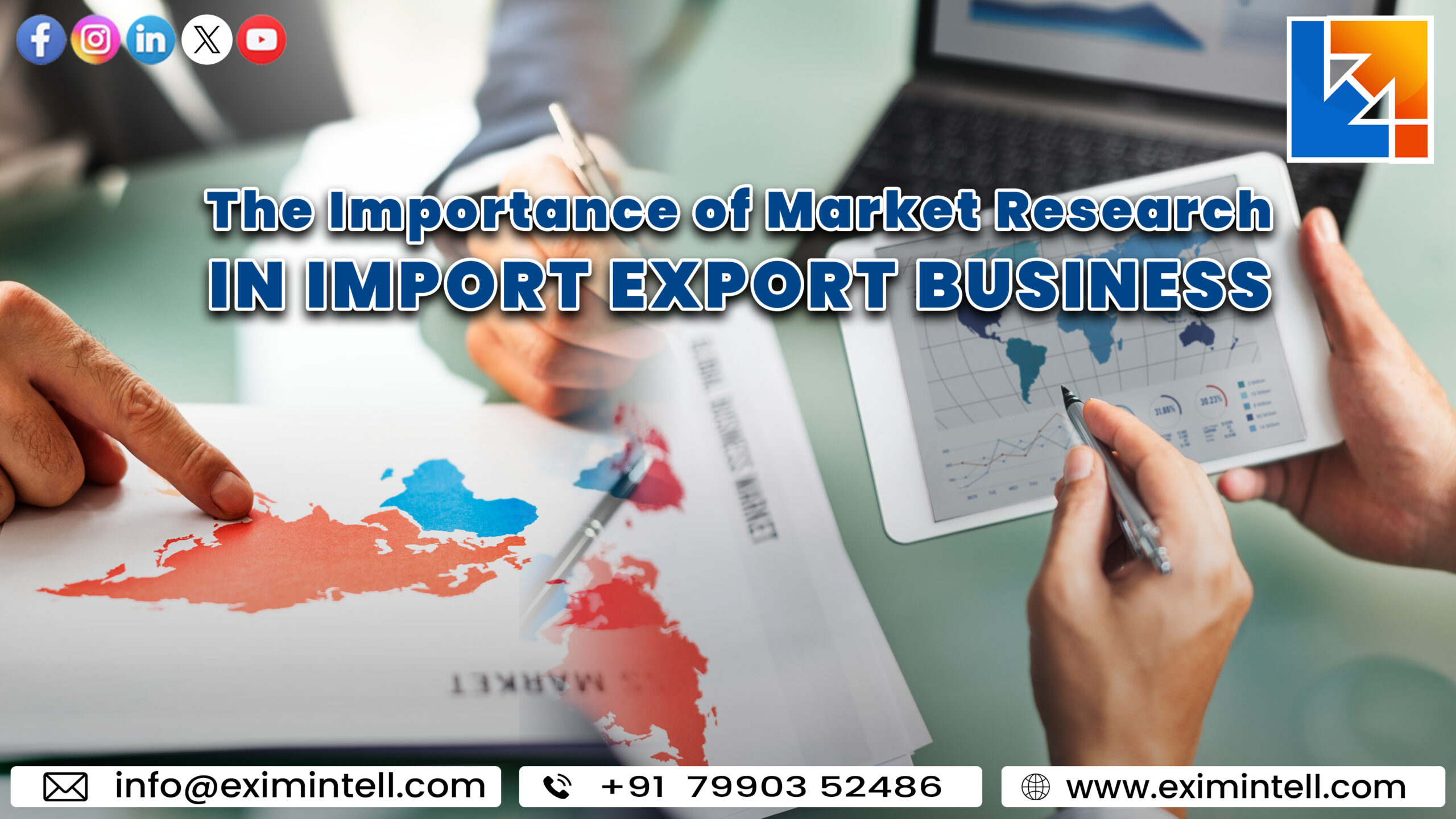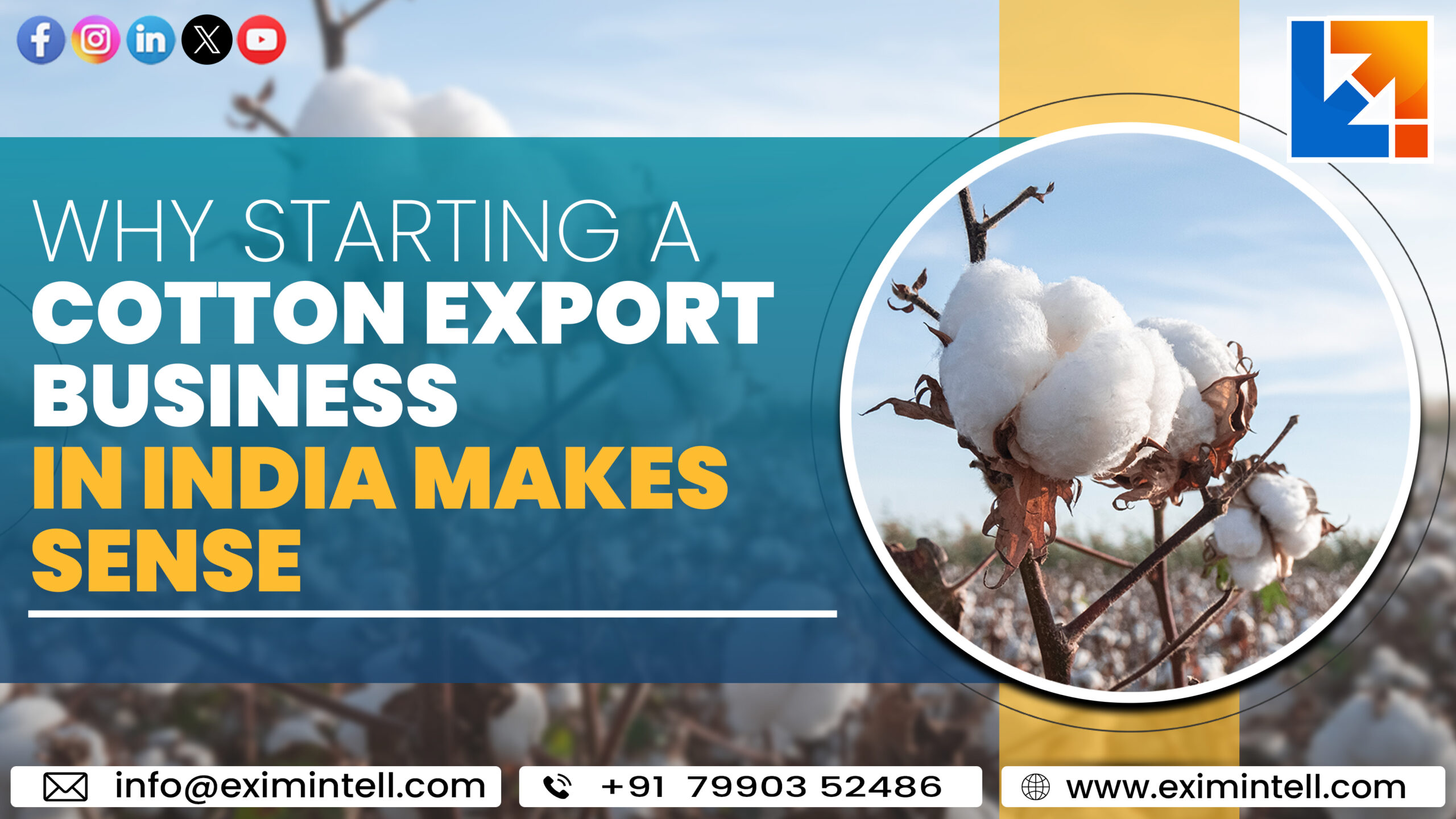India’s rise in the global Furniture Exports arena is a remarkable story of traditional craftsmanship meeting modern market dynamics. The journey of Furniture Exports from India is marked by a rich tapestry of artistry, innovation, and strategic trade practices that have placed the country on the global map as a significant player in the furniture industry.
Rooted in a deep heritage of artisanal skills and bolstered by an abundance of natural resources, Indian furniture has captivated international markets with its unique blend of aesthetic appeal and functional design. This ascendancy is not just reflective of the diverse and skilled workforce of the nation but also indicative of India’s ability to adapt to the evolving tastes and demands of global consumers.
The Genesis of Furniture Exports from India: A Policy Perspective
Historical overview of policy decisions that sparked the growth in furniture exports.
The genesis of Furniture Exports from India, particularly when viewed from a policy perspective, reveals a fascinating journey of strategic decisions and key milestones that have significantly shaped its current global standing.
Historically, the Indian furniture industry, rooted deeply in artisanal and small-scale sectors, experienced a transformative shift due to a series of policy reforms aimed at liberalizing and globalizing the economy. The economic liberalization of the 1990s marked a turning point, opening the doors for Indian manufacturers to the international market and attracting foreign investment.
Key milestones that marked the upswing in “Furniture Exports from India”.
Key policy decisions such as the reduction of trade barriers, simplification of export procedures, and the establishment of Special Economic Zones (SEZs) provided an impetus for the growth in furniture exports. These reforms not only eased the way for Indian furniture to reach foreign markets but also encouraged modernization and standardization within the industry, making Indian products globally competitive.
Another milestone in the trajectory of “Furniture Exports from India” was the government’s focus on promoting craftsmanship and quality, which was crucial in distinguishing Indian furniture in the global market. Schemes like the Handicrafts Development Program and the establishment of the Export Promotion Council for Handicrafts (EPCH) played a vital role in enhancing the quality and design of Indian furniture, aligning it with international standards.
The introduction of the Goods and Services Tax (GST) and various export incentive schemes further streamlined the export process and made it more financially viable for exporters. These policies, combined with initiatives to promote Indian handicrafts and furniture at international trade fairs and exhibitions, significantly bolstered the global presence of Indian furniture.
Decoding Current Policies Elevating Furniture Exports from India
The current landscape of policies shaping Furniture Exports from India is a testament to the government’s commitment to elevating this sector to new heights on the global stage. A detailed analysis of these initiatives reveals a multifaceted approach, combining financial incentives, regulatory reforms, and international trade agreements, all aimed at bolstering the “Furniture Exports from India.”

One of the cornerstone initiatives is the Merchandise Exports from India Scheme (MEIS), which provides exporters with incentives in the form of duty credit scrips. These scrips can be used to offset import duties on raw materials and other inputs, effectively reducing the cost of production and enhancing the competitiveness of Indian furniture in international markets.
Additionally, the government has streamlined GST processes for exporters, ensuring faster refund claims, thereby improving cash flow and reducing the financial burden.
Another significant policy intervention is the establishment and promotion of Special Economic Zones (SEZs) and Export-Oriented Units (EOUs). These zones offer a conducive environment for manufacturing and exporting, with benefits like tax holidays, simplified customs procedures, and exemption from certain local taxes. This has particularly encouraged the setting up of larger, more modern manufacturing units capable of meeting the demands of international markets.
Furthermore, the significance of trade agreements and policy reforms cannot be overstated. India’s active participation in bilateral and multilateral trade agreements has opened up new markets for furniture exports. These agreements often include reduced tariffs and eased norms that make Indian furniture more accessible and appealing to international buyers.
In addition, the government has also focused on policy reforms that address the ease of doing business. Simplifying export documentation, digitizing processes, and reducing bureaucratic hurdles have made it easier for new and existing players to venture into and expand within the furniture export domain.
Monetary Catalysts: Funding the Furniture Exports Surge from India
The surge in Furniture Exports from India has been significantly fueled by a range of fiscal incentives specifically designed to bolster this sector. These monetary catalysts play a pivotal role in enhancing the competitiveness of Indian furniture in the global market, providing crucial support to manufacturers and exporters.
Key among these incentives are schemes like the Merchandise Exports from India Scheme (MEIS), which grants duty credit scrips to exporters based on the value of their exports. These scrips can be used to pay import duties, thus reducing the cost of raw materials and other inputs, and effectively lowering the overall production cost.
Another significant financial incentive is the Export Promotion Capital Goods (EPCG) scheme. This scheme allows exporters to import capital goods at zero duty, thereby modernizing their production facilities and improving quality standards to meet international demands. Such measures have been instrumental in enabling the Indian furniture industry to upgrade technology and infrastructure, making it more competitive on the world stage.
Additionally, the government has also introduced various subsidy programs, particularly for small and medium-sized enterprises (SMEs), which form the backbone of the Indian furniture export industry. These subsidies are aimed at offsetting some of the initial costs involved in establishing export-oriented units, thereby encouraging more players to enter the international market.
The real impact of these financial incentives on the export trajectory of Indian furniture is substantial. They have not only eased the financial burden on exporters but also led to an increase in the volume and value of exports.
This financial backing has enabled Indian exporters to price their products more competitively in the global market, expand to new territories, and invest in marketing and brand-building activities abroad. As a result, the Indian furniture export sector has seen a noticeable uptick in growth, capturing a larger share in the international market and establishing a stronger global presence.
Infrastructural Backbone: The Pillar of Furniture Exports from India
The infrastructural backbone plays a crucial role as a foundational pillar in the flourishing landscape of Furniture Exports from India. Recognizing this, the Indian government and private sector stakeholders have made infrastructure development a strategic priority. This focus is evident in the substantial investments made towards enhancing manufacturing facilities, logistics, and supply chain networks, all of which are integral to the seamless export of furniture.
The development of specialized industrial zones and clusters equipped with modern facilities has provided a significant boost to furniture manufacturers. These zones offer an ecosystem where businesses can benefit from shared resources, advanced technology, and streamlined processes, thereby reducing production costs and increasing efficiency.
Additionally, the establishment of dedicated furniture parks under schemes like the Scheme of Integrated Textile Parks (SITP) provides a nurturing environment for businesses to grow and align with global standards.
The interplay between state-of-the-art logistics and the export domain is another critical aspect of this infrastructural development. Efficient logistics are vital for the timely and cost-effective transportation of furniture, which often involves bulky and delicate items.
Investments in port infrastructure, warehousing, and transportation networks, along with the adoption of digital technologies for tracking and supply chain management, have significantly enhanced India’s capability to export furniture reliably and on a large scale.
Success Narratives: Policy-Driven Triumphs in Furniture Exports from India
The landscape of “Furniture Exports from India” is dotted with numerous success stories, underlining the significant impact of policy-driven support on the industry’s growth. These narratives not only showcase the potential of Indian furniture on the global stage but also highlight how supportive government policies have been instrumental in propelling businesses to international success.
One notable example is that of a small-scale artisan cooperative from Rajasthan that transformed into a global exporter of handcrafted furniture. Leveraging the benefits of the Merchandise Exports from India Scheme (MEIS), the cooperative expanded its operations, modernized its manufacturing processes, and penetrated European and North American markets.
This growth trajectory is a direct result of the financial incentives provided by the policy, which allowed the cooperative to enhance product quality and invest in marketing strategies.
Another success story involves a manufacturer from Uttar Pradesh specializing in wooden furniture. By utilizing the Export Promotion Capital Goods (EPCG) scheme, the company was able to import advanced machinery at zero duty, significantly upgrading their production capabilities. This improvement, coupled with the company’s strategic use of marketing and distribution channels, led to a substantial increase in their export volumes, with a marked presence in Middle Eastern and Southeast Asian markets.
These narratives illustrate how policy support has been a key factor in the success of “Furniture Exports from India.” The government’s initiatives, aimed at reducing export costs, facilitating market access, and encouraging product innovation, have provided a solid foundation for businesses to expand globally.
The growth analysis of these companies reveals a clear link between policy support and export success, with financial incentives and infrastructural improvements playing a pivotal role in enabling Indian furniture companies to compete and thrive in the international marketplace. This synergy between policy support and entrepreneurial initiative is a testament to the potential of Indian furniture exports and the robustness of the industry’s global aspirations.
Conclusion
In the thriving scenario of “Furniture Export from India,” numerous success stories stand out, each underlining the critical role of policy-driven support in fostering industry growth. Alongside these government initiatives, the expertise of Exim Intell as an Export-Import Consultant has been pivotal.
Their guidance has helped businesses navigate and leverage these policies effectively, further amplifying the potential of Indian furniture on the global stage and highlighting the instrumental role of supportive government policies in driving international success for these enterprises.




















